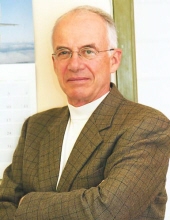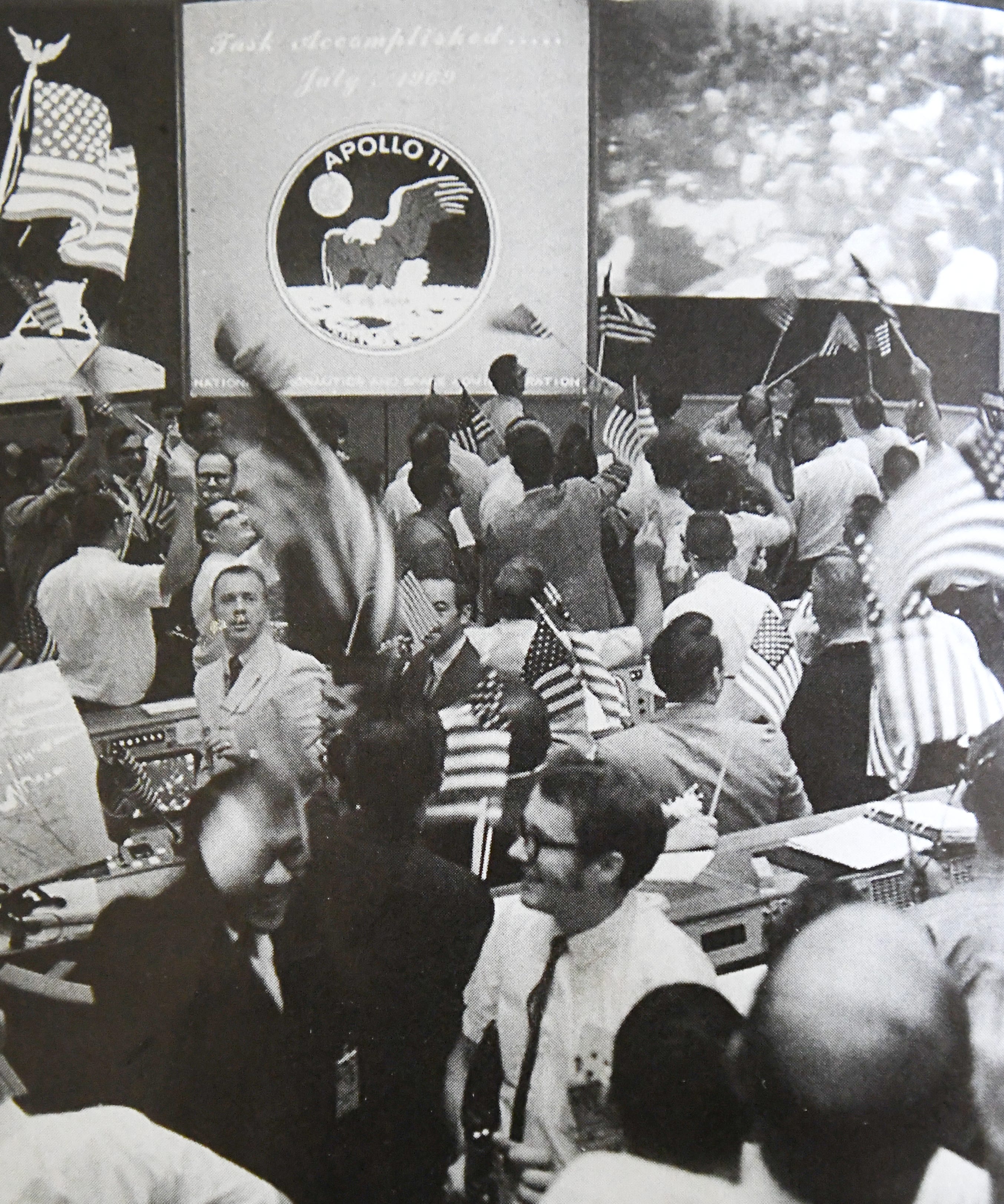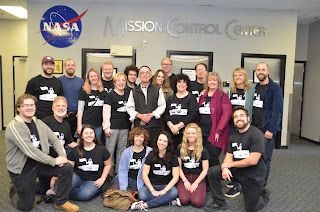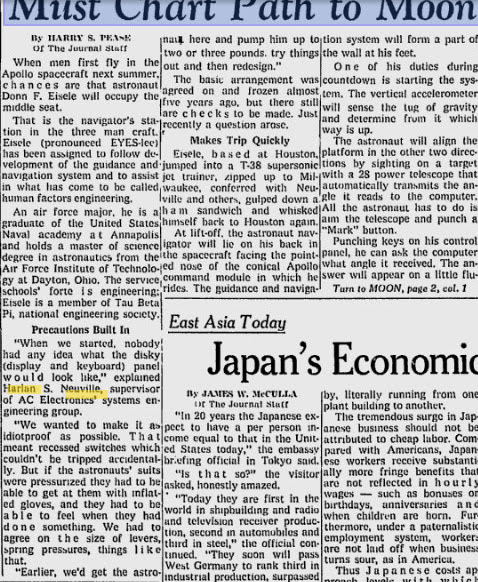Harlan Stewart Neuville, Oxford Michigan, died quietly at his home in Oxford, Michigan on Wednesday, January 5th, 2022, at 7:41 AM. His daughter, Margaret Evans, and son, Mark Neuville, were caring for him. How does one capture the meaning and stories of a man who has lived so well, experienced so much, and accomplished so profoundly? How, especially, does one tell the true stories of his childhood that developed the man that did so much? Harlan Neuville outlived many family members and friends that knew him in his formative years and the details are lost to the past. What remains are the family stories and the myths passed from generation to generation. The meaning found in those tales are more the essence of what was then the facts would ever show. Harlan was born November 7, 1930, to a newly married young couple. His mother (Rosemary Agnes Pecore Neuville) was 19 years old and always said that she and Harlan grew up together. His father (Stewart Monroe Neuville) was twenty-three and finding his way as both a pipefitter and father. Harlan was born in Bosacki's Boathouse, in Minocqua, Wisconsin. In addition to a boathouse, Bosacki’s was a bar and restaurant owned by Harlan Bosacki. Our father’s name is the result of the boathouse birth and the owner’s name. Harlan and his younger brother, Robert, spent the early years on Circle Street in Appleton, Wisconsin and played with their parents as friends. One day while playing Hide ‘N Seek in Erb Park, Harlan & Robert could not find their parents. They panicked and went to the local police station to report that their parents had ran away! Harlan was an observant young man and when learning to ice skate, he watched as his brother and peers try and fail before rising and skating across the pond like a seasoned skater. His early teens, Harlan lived in Niagara, Wisconsin then moved with the family to Terrace Bay, Ontario. As he entered Junior High and High School the family moved to a farm in Neenah, Wisconsin. The farm was a source of growth, development, and responsibilities for the entire family. During this time Harlan attended St Mary High School and graduated in 1948. Harlan followed in his father’s footsteps and attended Marquette University to receive his engineer degree. Education: Harlan went to Marquette University on a music scholarship. While he had a passion for music, he ended up receiving a B.S. in Electrical Engineering. Harlan later attended and received his master’s at Massachusetts Institute of Technology, Draper Laboratory. He was Senior project engineer assigned to the design and integration of an electro-optical space sextant for application to the guidance and control function of the APOLLO Command Module. He participated in the configuration, programming, and control of the Apollo navigation and guidance computer for both the Lunar Excursion Module and the Command Module. Harlan married Elizabeth Islinger on July 12, 1952, in Appleton, Wisconsin. Harlan and Elizabeth were married for 55 years and had ten children. Harlan and Elizabeth raised their children in the catholic faith and taught them to be independent, strong, self-reliant, loyal, and caring people. Harlan enjoyed many activities with his children. He took his children to the Rocky Mountains of Colorado and Sierra Nevada Mountain Range in California for hiking and camping trips. He also enjoyed golfing, skeet shooting, building, and flying R/C airplanes, and fishing with his children. Harlan taught everyone how to play poker, he coached children’s baseball teams, and his grandchildren’s robotics team. Harlan enjoyed keeping busy with his hobbies, thus his children grew up watching him build model R/C airplanes. He would “borrow” his daughter’s Barbie doll heads, for the pilots head, in his airplanes. Harlan had a unique way of singing the Happy Birthday song, which was known as “The Neuville Way.” At Christmas, making popcorn balls and putting up the partially glued Christmas tree was the highlight of the holiday! Harlan’s professional journey started at Allis Chalmers Power Systems Stability Special Applications Group, in Milwaukee, Wisconsin. He moved onto Delco Electronics in both Wisconsin and Massachusetts. His responsibilities: Titan ICBM Systems, Apollo Scanning Telescope, NASA Mission Support on the Guidance and Control Center. Harlan also worked at the Mission Control Center in Huston and received The Outstanding Personal Contribution to the Success of the Apollo Program Award. His work resulted in the successfully crewed exploration of the moon by the United States from 1968-1972! Harlan’s NASA journey ended with, Mission Support Skylab in Santa Barbara, California. He then began his career at the GM Technical Center Transportation System in Warren, Michigan. Over the years, Harlan’s responsibilities were: Artificial Intelligence, Advanced Engineering, Advanced Manufacturing Engineering, Information Security, Machine Intelligence and Controls, Machine Vision Systems, and Transposition Systems. Harlan was also a Special Lecturer at Oakland University for Introduction to Computers and Applied Digital Logic/Microprocessors. He enjoyed being a guest speaker at local community centers, libraries, and schools about his work with NASA and the Apollo Missions. Harlan was also the President and founder of the Romeo “Skyhawks” model airplane R/C Club and President of Sky Master R/C model airplane club.
Published Works: An Introduction to Personal Computing, Apollo Mission Navigation Principles for Translunar Flight, and Analog Computer Simulation of Variable Speed, Three Phase AC Drives.
Harlan S. Neuville is, proceeded by his wife, Elizabeth, and his eldest daughter, Theresa Neuville of Eau Claire, Wisconsin. He is survived by Melissa Neuville, Goodrich, Michigan, Peter and his wife Mary Neuville, Hutchinson, Kansas, Paul and his wife Joan Neuville, Lake Orion, Michigan, John and his wife Amy Neuville (who passed in 2010), Royal Oak, Michigan, Elizabeth and her husband Greg Swett, James Neuville, Warren, Michigan, Patricia and her husband Dan Mitzel, Oxford, Michigan, Margaret and her husband Robert Evans Jr. Oxford, Michigan, Mark and his wife Karmen Neuville, Sterling Heights.
Grandchildren: Rachel Barr Yoon and her husband, Henry Hyunkoo Yoon, Minnetonka, Minnesota, Rebecca Bar, Eau Claire, Wisconsin, Genevieve Kohlhardt and her husband, Torin Jensen, Denver, Colorado, Stephanie and her husband Michael Rabbitt, Steamboat, Colorado, Annessa Kohlhardt and her fiancé, Carmine Hernandez, Charlie Swett, Madison Heights, Michigan, Michael Neuville, Lapeer, Michigan, Victoria and her husband, Thomas Zepp, Frederick, Maryland, Ryan Neuville and his fiancée Kourtney Rogus, Shelby Township, Sarah Mitzel, Chicago Illinois, Thomas Mitzel, Jonathan Mitzel, and Aidan Mifsud, all from Oxford, Michigan, Emma and Irelyn Neuville, Madison Heights, Michigan.
Great Grandchildren: Yuna and Nina Yoon, Minnetonka, Minnesota, Hugo Jenhardt, Denver, Colorado, Harlyn Rabbitt and baby Rabbitt, Steamboat, Colorado, Baby Zepp, Fredrick, Maryland.
Harlan’s siblings: proceeded by Robert Neuville, Norfolk, Virginia, survived by Thomas and his wife Betsy Neuville, New Holland, Pennsylvania, Stewart and his wife Leslie Myers, Westchester, California, Melissa Ann Neuville-Geib, Norfolk, Virginia, as well as many, many nieces, and nephews.
In Lieu of flowers please donate to either: Higher Orbits, a nonprofit with a mission of promoting Science Technology, Engineering, and Math (STEM); along with leadership, teamwork, and communication through the use of spaceflight. (www.HigherOrbits.org) or Pan Equus Animal Sanctuary-PEAS (www.peasbarn.org).



















